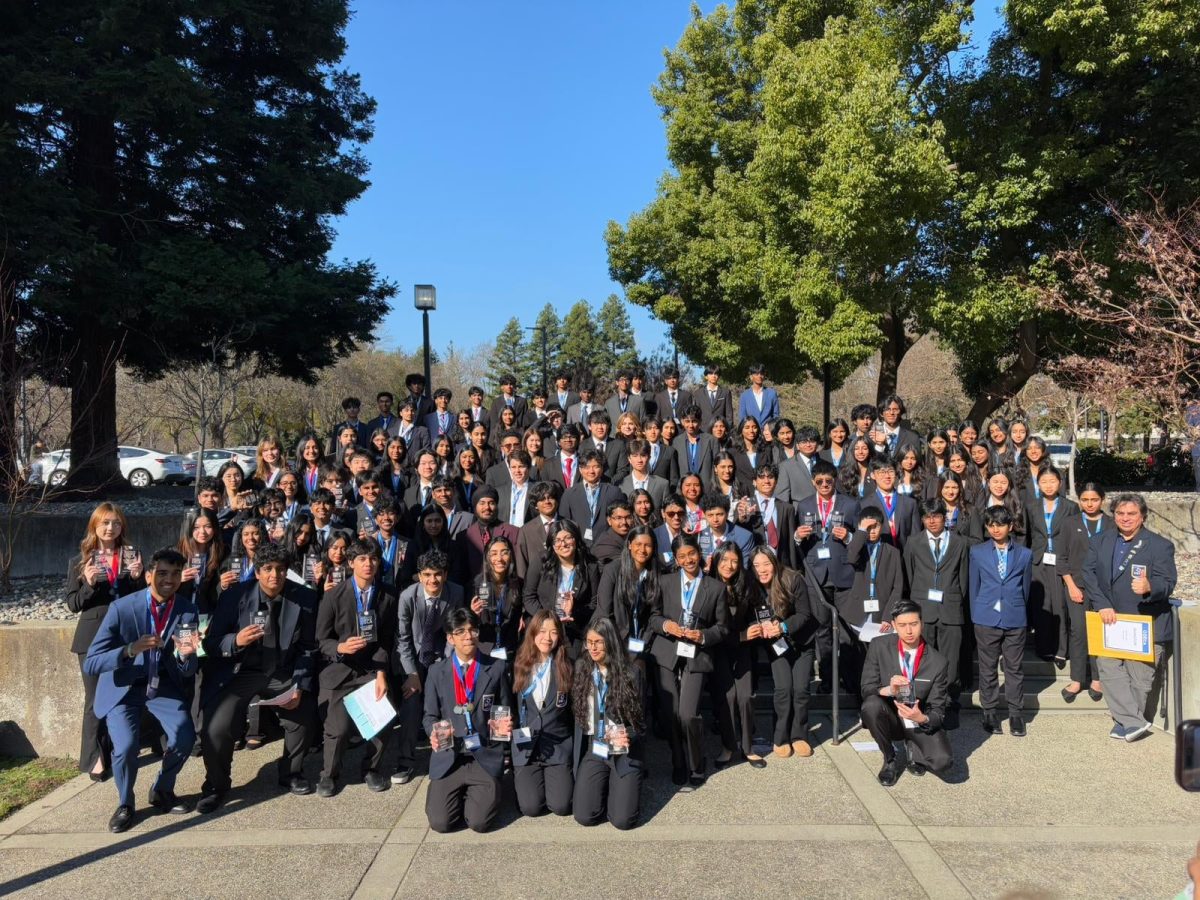Safety for All
January 11, 2017
Martin Esquivel-Hernandez is from Jalapa, a slum in Mexico City. In 2011, Esquivel-Hernandez joined the Mexican Army and fought on the front lines of Mexico’s war against drugs. He and his family were threatened and targeted by cartel members. His wife and their two daughters fled across the border illegally and eventually moved to Pittsburgh, where Esquivel-Hernandez’s undocumented mother had been living. Esquivel-Hernandez’s attempts to reunite with his family repeatedly failed. On his fifth attempt, he finally entered the U.S. undetected and traveled to Pittsburgh, where he remained undetected, working in construction, until May of 2016 when customs officers took him from his home. The arrest came a day after Esquivel-Hernandez and his family marched in an immigrants’ rights rally.
According to 2014 Census Bureau data, there were an estimated 11.1 million undocumented immigrants in the United States. Many of those people find safety from deportation in sanctuary cities. The topic of sanctuary cities recently surfaced with the recent election. Donald Trump offered a range of anecdotes about crimes committed by illegal immigrants during his campaign speeches about his deportation policies. Although there is no official legal definition, sanctuary cities are cities that do not cooperate with Immigration and Customs Enforcement (ICE), the federal agency that enforces immigration law. Larger jurisdictions such as counties can also take measures to avoid cooperation with ICE. President-elect Donald Trump and the far right point to the crime rates of illegal immigrants to explain their plan to defund of sanctuary cities, which may be at risk of losing billions in federal funding.
Sanctuary cities stand to lose millions or even billions of dollars in federal funds, but their mayors stand firm despite Trump’s threats. New York City could lose close to $10.4 billion, and Santa Fe, New Mexico stands to lose about $6 million in federal funding, about 2 percent of its annual budget, but Mayor Javier Gonzales has pledged to stand by his city’s sanctuary status.
“The loss of federal funds would be certainly devastating, but we’re not going to compromise our values,” he said in an interview with CNNMoney. “We’ll have to find our way through it and we will.”
Contrary to conservative opinions, sanctuary cities are not designed to protect criminal immigrants. Many believe that cities that protect undocumented criminals from deportation have increased rates of crime. However, this is not true; according to a 2013 Pew Research Center graph, illegal immigrants have lower rates of crime than native-born citizens do. The Washington Post concluded that since undocumented immigrants are a significant portion of the immigrant population, it was statistically impossible that the overall immigrant crime rate could be so much lower if the undocumented immigrant crime rate was significantly higher.
Some claim that sanctuary cities are unconstitutional, citing a constitutional clause that states that federal power supersedes states’ power. They argue that cities are openly breaking the law by defying federal immigration law and refusing to cooperate with ICE and should be denied funding for failing to follow federal law. However, because there are currently no federal laws pertaining to sanctuary cities besides the proposed Enforce the Law for Sanctuary Cities Act, the police are allowed to ignore federal proceedings. The ICE is separate from local law enforcement and does not have the authority to make demands. The ICE can ask the police to detain undocumented immigrants, but such demands are often seen as unconstitutional and do not have to be obeyed. If Congress chooses to pass the Enforce the Law for Sanctuary Cities Act, then sanctuary cities will need to find a replacement for federal funding. Trump’s proposal to cut federal funding affects all residents, regardless of immigration status. The federal government needs to respect the distinction between federal and local law enforcement and allow sanctuary cities to protect illegal citizens.
Furthermore, though undocumented immigrants are not citizens of the United States, many contribute to society without receiving the benefits granted to citizens and legal immigrants. According to a report by the Pew Research Center, unauthorized immigrants compose 5 percent of the civilian workforce and are overrepresented in farming occupations (26 percent) and construction occupations (15 percent). Based on estimates compiled by the Institute for Taxation and Economic Policy, the Immigration Policy Center reported that in 2010, illegal immigrants paid $11.2 billion in taxes, including $8.4 billion in sales taxes, $1.6 billion in property taxes and $1.2 billion in state personal income taxes. The tax-paying undocumented immigrants were not eligible for benefits like social security or disability checks despite their contributions.
Not all sanctuary cities are reeking with crime, despite what some conservatives believe. The cities are meant to protect immigrants escaping from terror and oppression. Many immigrants are looking for a better life and integrate into society, by paying taxes and being socially responsible members of society. The federal government needs to respect the distinction between federal and local law enforcement and allow sanctuary cities to protect illegal citizens. There are laws, such as the California Trust Act, which states that immigrants must be convicted of serious offenses to be eligible for a 48-hour hold and transfer to U.S. immigration authorities for possible deportation, that sanctuary cities can follow to appease ICE without compromising their beliefs. If the federal government chooses to pass the Enforce the Law for Sanctuary Cities Act in Congress, then sanctuary cities will need to find a replacement for federal funding. In San Francisco alone, the cuts will affect numerous departments such as the Department of Public Health which provides HIV and AIDS services. Trump’s proposal to cut federal funding affects all residents equally, regardless of immigration status.








